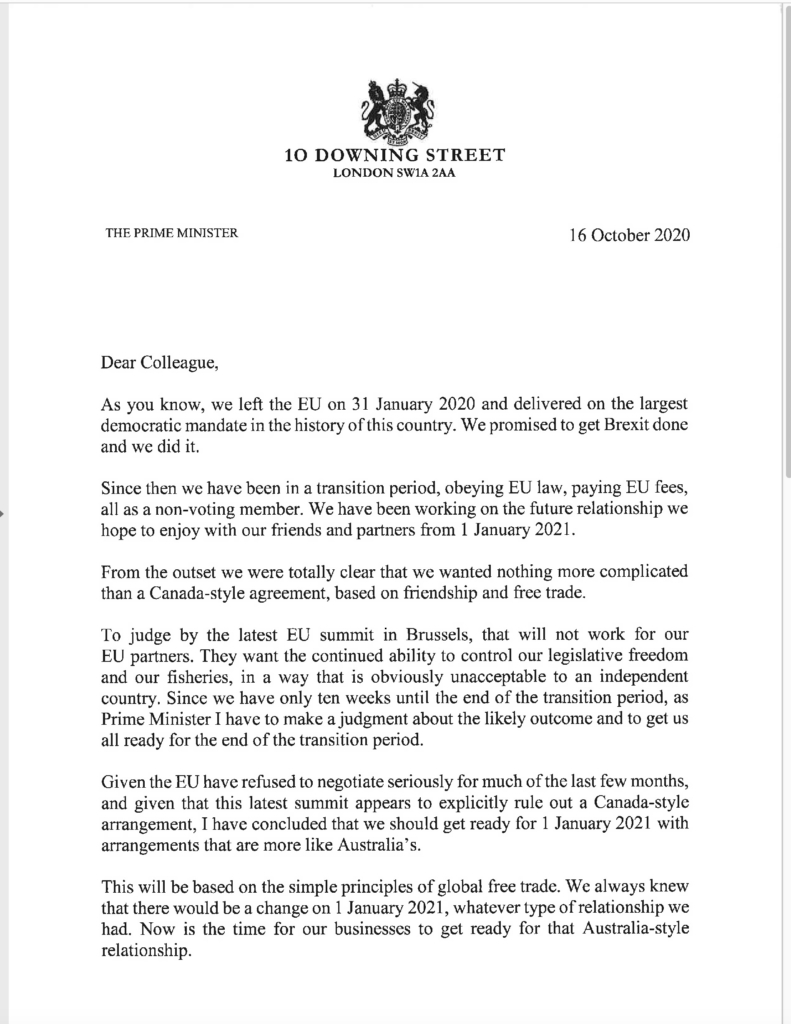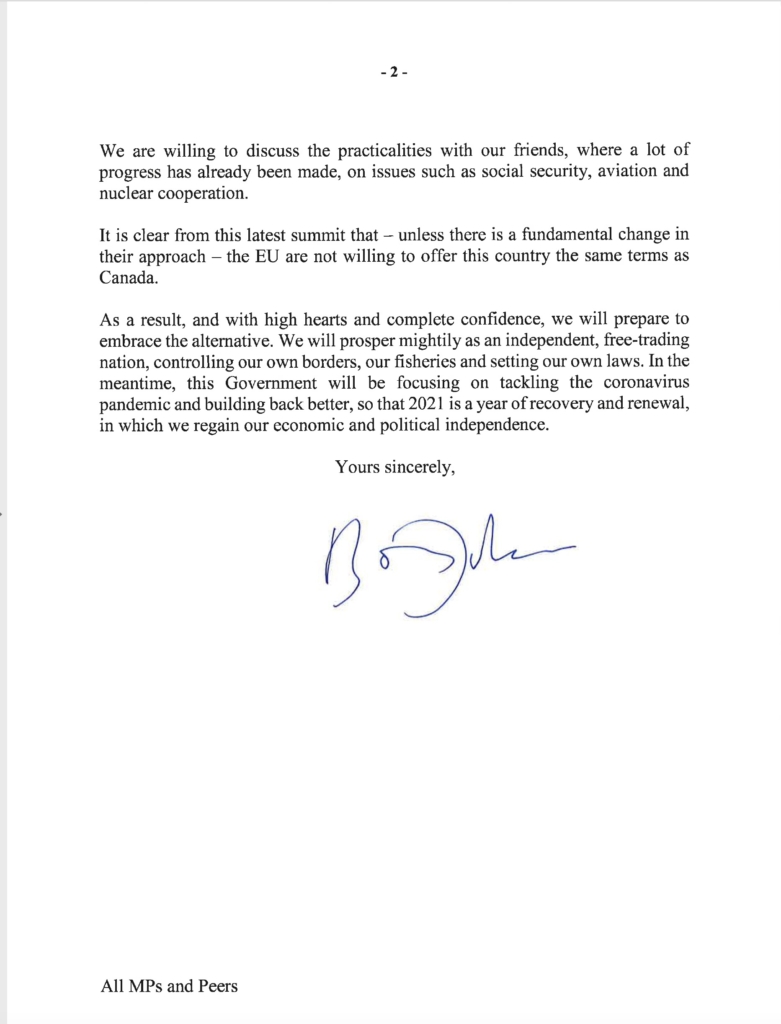In two bombshell reports, Emma-Jo Morris and Gabrielle Fonrouge of the New York Post have leveled damning allegations of Hunter Biden’s murky financial dealings with Ukrainian and Chinese oligarchs. As expected, $50,000 remuneration paid by Burisma Holdings of Ukraine annually for Hunter’s “consultancy job” was only the tip of the iceberg. Hunter was paid millions of dollars bribes that sustained his “rockstar lifestyle” over the years.
Although it was the first report [1] published on Thursday, October 14, and titled “Smoking-gun email reveals how Hunter Biden introduced Ukrainian businessman to VP dad” that gained most attention on the mainstream media, it was the second report [2] published on Friday, October 15, in which the authors have furnished documentary evidence of Hunter Biden’s dealings, amounting to millions of dollars and stakes in equities and profits of a private Chinese oil company doing business in Africa, with a Chinese billionaire Ye Jianming that raises serious questions whether the loyalty of the Biden campaign to the American electorate has been compromised due to Hunter Biden’s illicit financial transactions with the representatives of the Chinese government.
Image on the right: CEFC’s founder Ye Jianming. Photo: SCMP/Handout
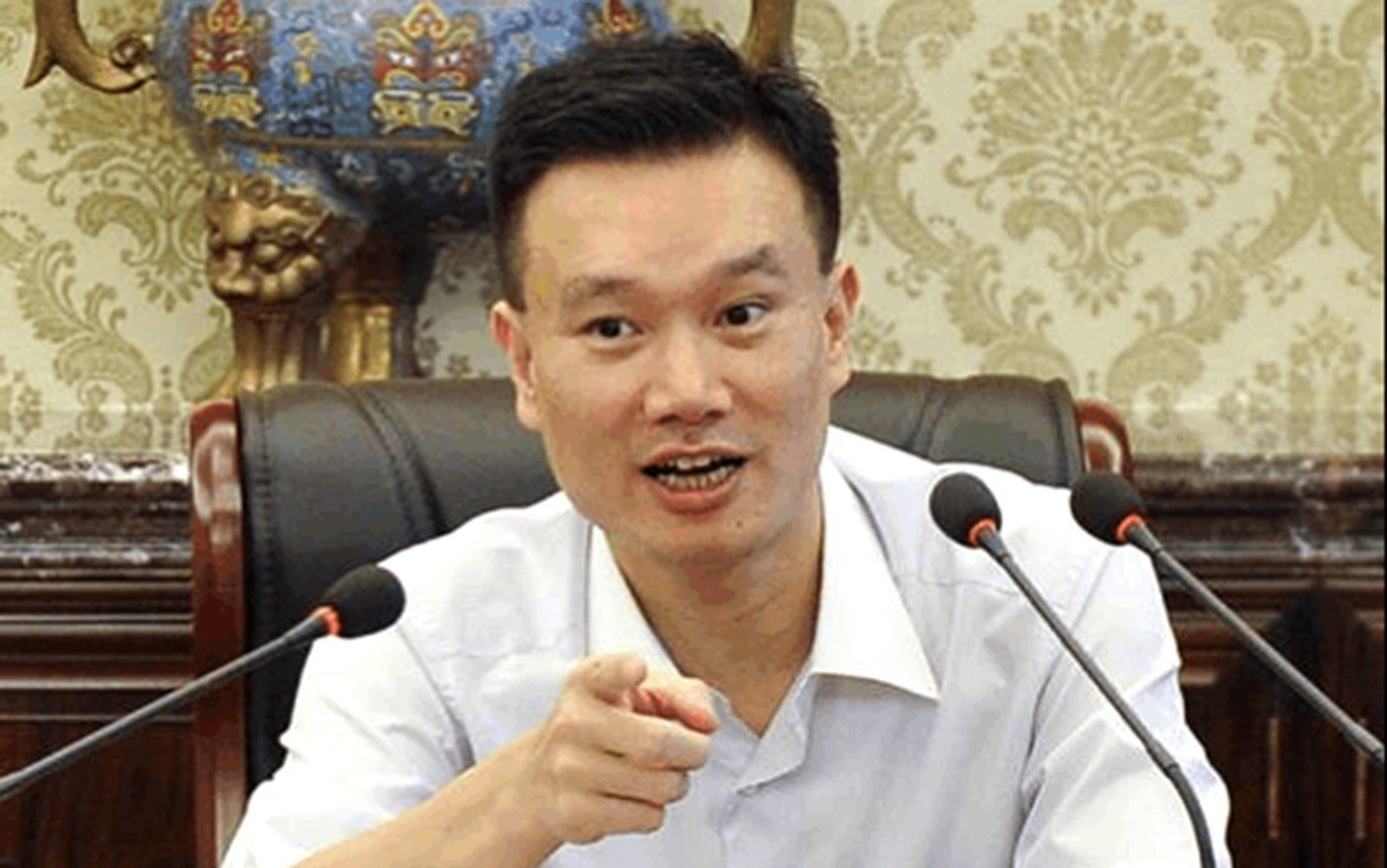
It’s noteworthy that the name of Ye Jianming came up in the Johnson-Grassley report released last month, too.
“The Suspicious Activity Reports of the Treasury Department flagged millions of dollars in transactions from the Ukrainian gas company Burisma Holdings, a Russian oligarch named Yelena Baturina, and a Chinese businessmen with ties to Beijing’s communist government,” the Senate report said.
The Johnson-Grassley report further alleged:
“Hunter Biden had business associations with Ye Jianming, Gongwen, and other Chinese nationals linked to the communist government and the People’s Liberation Army. Those associations resulted in millions of dollars in cash flow.”
Corroborating the Senate investigation, Emma-Jo Morris and Gabrielle Fonrouge noted in the second report of the New York Post:
“Another email — sent by Biden as part of an Aug. 2, 2017, chain — involved a deal he struck with the since-vanished chairman of CEFC, Ye Jianming, for half-ownership of a holding company that was expected to provide Biden with more than $10 million a year ‘for introductions alone.’
“’The chairman changed that deal after we me[t] in MIAMI TO A MUCH MORE LASTING AND LUCRATIVE ARRANGEMENT to create a holding company 50% percent [sic] owned by ME and 50% owned by him,’ Biden wrote.
“A photo dated Aug. 1, 2017, shows a handwritten flowchart of the ownership of ‘Hudson West’ split 50/50 between two entities ultimately controlled by Hunter Biden and someone identified as ‘Chairman.’
“According to a report on Biden’s overseas business dealings released last month by Sens. Ron Johnson (R-Wis.) and Chuck Grassley (R-Iowa), a company called Hudson West III opened a line of credit in September 2017.
“Biden’s email was sent to Gongwen Dong, whom the Wall Street Journal in October 2018 tied to the purchase by Ye-linked companies of two luxury Manhattan apartments that cost a total on $83 million.
“The documents obtained by The Post also include an ‘Attorney Engagement Letter’ executed in September 2017 in which one of Ye’s top lieutenants, former Hong Kong government official Chi Ping Patrick Ho, agreed to pay Biden a $1 million retainer for ‘Counsel to matters related to US law and advice pertaining to the hiring and legal analysis of any US Law Firm or Lawyer.’
“In December 2018, a Manhattan federal jury convicted Ho in two schemes to pay $3 million in bribes to high-ranking government officials in Africa for oil rights in Chad and lucrative business deals in Uganda. Ho served a three-year prison sentence and was deported to Hong Kong in June.”
According to a Washington Post report [3] in September:
“Ye Jianming had made inroads with Joe Biden’s brother James Biden, as well as Hunter Biden, as the Chinese tycoon sought to build influence in the United States. In early 2018, Hunter Biden was paid $1 million to represent Ye’s aide while he was facing the federal bribery charges in the United States.
“In August 2017, a subsidiary of Ye’s company wired $5 million into the bank account of a US company called Hudson West III, which over the next 13 months sent $4.79 million marked as consulting fees to Hunter Biden’s firm, the report said. Over the same period, Hunter Biden’s firm wired some $1.4 million to a firm associated with his uncle and aunt, James and Sara Biden.”
Ironically, it was the mainstream media that first broke the story of the illicit financial transactions between the Biden family and Chinese billionaire Ye Jianming in December 2018, though that was a year before Joe Biden was chosen as the Democratic presidential candidate in April.
Giving a detailed biographical account of Ye Jianming from his rapid ascent to a sudden fall from grace in 2017, as the FBI closed in on the Chinese billionaire’s company and aides, a December 2018 New York Times report [4] revealed:
“Ye Jianming, a fast-rising Chinese oil tycoon, ventured to places only the most politically connected Chinese companies dared to go. But what he wanted was access to the corridors of power in Washington — and he set out to get it.
“Soon, he was meeting with the family of Joseph R. Biden Jr., who was then the vice president. He dined with R. James Woolsey Jr., a former Central Intelligence Agency director and later a senior adviser to President Trump. He bestowed lavish funding on universities and think tanks with direct access to top Washington leaders, looking for the benefits access can bring.
“‘This is a guy who courted and maintained networks with the People’s Liberation Army and took the strategy of ‘friends in high places,’ said Jude Blanchette, a senior adviser and China head at Crumpton Group, a business intelligence firm.
“He seemed to have the blessings of Beijing. State banks offered CEFC billions of dollars in loans. The company also hired a large number of former military officers, whom Mr. Ye told visitors he prized for their organizational skills. He was deputy secretary of a Chinese military organization from 2003 to 2005 that congressional researchers called a front for the People’s Liberation Army unit that has ‘dual roles of intelligence collection and conducting People’s Republic of China propaganda.’
“From 2009 to 2017, CEFC’s revenue jumped from $48 million to $37 billion. [a time period incidentally coinciding with Joe Biden’s vice presidency.]
“‘It’s been clear for some time that this is not just a Chinese commercial company, that they had some intelligence ties,’ Mr. Martin Hala, an academic based in Prague, said. ‘People from the U.S. intelligence agencies should have known something was going on.’
“Five years ago, CEFC approached Bobby Ray Inman, a retired admiral and national security adviser to President Jimmy Carter, about setting up a joint venture, Mr. Inman said in an interview. The company promised it would pay him $1 million a year, without specifying what business they would go into. He turned down the offer.
“On a 2015 trip to the United States Ye met with Alan Greenspan, the former Federal Reserve chairman, to discuss the economy, according to CEFC.
“CEFC also donated at least $350,000 to the Institute for the Analysis of Global Security, a politically connected think tank, according to court testimony. The think tank counts Robert C. McFarlane, the Reagan-era national security adviser, as its president and Mr. Woolsey, a Clinton-era C.I.A. director, as its co-chairman.
“Mr. Ye also further loosened CEFC’s purse strings, donating as much as $100,000 to the Clinton Foundation. Outside the Beltway, a CEFC foundation donated at least $500,000 to a Columbia University research center.
“CEFC also organized forums in Hong Kong and Washington that brought together retired American and Chinese military officers, among other events.
“By 2015, Mr. Ye had begun working on perhaps his most politically connected quarry yet: the family of Mr. Biden, the vice president.
“An aide to Mr. Ye met the vice president’s second son, Hunter Biden, in Washington. Mr. Ye then met privately with Hunter Biden at a hotel in Miami in May 2017. Mr. Ye proposed a partnership to invest in American infrastructure and energy deals.
“During this period, the vice president’s son was managing Rosemont Seneca Partners, an investment firm he formed with Chris Heinz, the stepson of John Kerry, the former secretary of state.
“The trial and conviction in New York in December 2018 of one of his top lieutenants, Patrick Ho, showed that company officials used bribery to win oil and energy contracts in Africa.
“In 2017, as American authorities closed in on Mr. Ye’s company, the first call made by one of his emissaries in custody was to Mr. Biden’s brother.
“James Biden, a financier and brother of the former vice president, was in a hotel lobby in November 2017 when he got a surprise call on his cellphone. The call was from Patrick Ho, Mr. Ye’s lieutenant. Mr. Ho, 69, was in trouble.
“In a brief interview, James Biden said he had been surprised by Mr. Ho’s call. He said he believed it had been meant for Hunter Biden, the former vice president’s son. James Biden said he had passed on his nephew’s contact information.
“‘There is nothing else I have to say,’ James Biden said. ‘I don’t want to be dragged into this anymore.’
“Federal agents who had monitored CEFC’s rise since at least the summer of 2016 had sprung into action, arresting Mr. Ho in New York on allegations that he had bribed African officials in Chad and Uganda.
“Mr. Ye, meanwhile, has disappeared into the custody of the Chinese authorities. He was last seen in February, 2018, when his private jet touched down in the Chinese city of Hangzhou. CEFC is struggling under $15 billion in debt, and was dissolved early this year.”
After reading all this revelatory information regarding suspicious financial transactions between prominent former officials of the US government and the “disappeared” Chinese billionaire, it becomes abundantly clear that Ye Jianming, most likely a pseudonym, was a frontman for the Chinese government who was sent on a clandestine mission to nurture business relations with the Beltway elites, and later made to disappear after his cover was blown once his aides were charged with criminal offenses in the US courts.
China is known to follow the economic model of “state capitalism,” in which although small and medium enterprises are permitted to operate freely by common citizens, large industrial and extraction companies, especially a multi-billion dollar corporation the size of CEFC, are run by the Communist Party stalwarts masquerading as business executives.
In addition, China is alleged to practice “debt-trap diplomacy” for buying entire governments through extending financial grants and loans, and what better way to buy the rival government of the United States than by financing the Biden campaign through bestowing financial largesse on the profligate son of the former vice president and current presidential candidate.
Image below: Guo Wengui (Source: Wikimedia Commons)
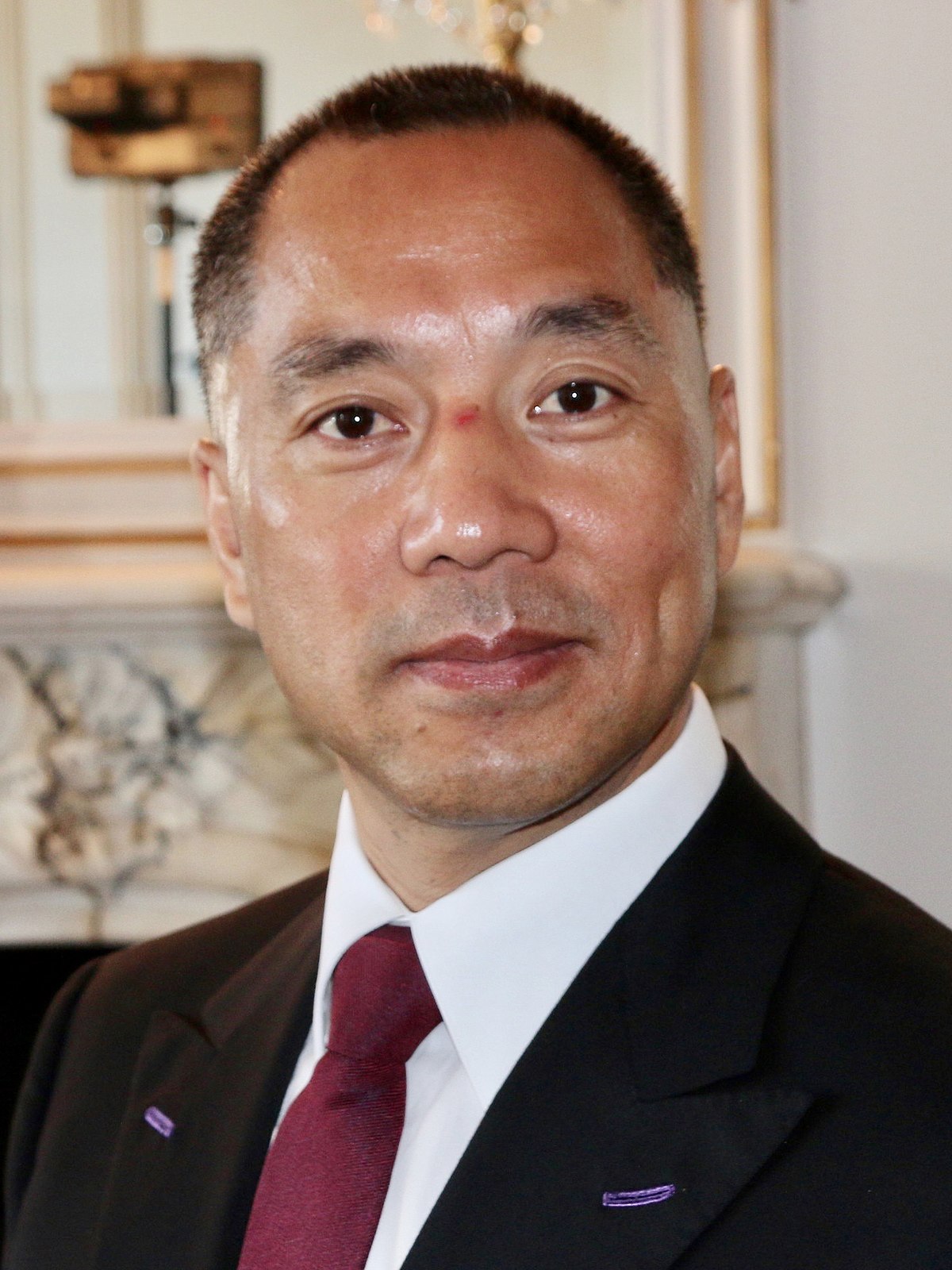
Notwithstanding, in a tit-for-tat response to the New York Post’s explosive report alleging Hunter Biden introduced a top executive at a Ukrainian energy firm he was working for to his vice president dad, the Daily Beast came up with a scoop [5] on Friday, October 16, that the hard disks in which Hunter’s emails were found were provided to Rudy Giuliani by a Chinese billionaire Guo Wengui on behalf of dissident members of the Chinese Communist Party.
According to the report,
“Weeks before the New York Post began publishing what it claimed were the contents of Hunter Biden’s hard drive, a Sept. 25 segment on a YouTube channel run by a Chinese dissident streamer, who is linked to billionaire and Steve Bannon-backer Guo Wengui, broadcast a bizarre conspiracy theory.
“According to the streamer, Chinese politburo officials had ‘sent three hard disks of evidence’ to the Justice Department and House Speaker Nancy Pelosi containing damaging information about Joe Biden as well as the origins of the coronavirus in a bid to undermine the rule of Chinese President Xi Jinping …
“While Guo’s ties to Steve Bannon have long been known—Bannon was arrested for defrauding donors in August on a 152-foot-long yacht reportedly owned by Guo—the billionaire appears to have also joined forces with Trump’s personal attorney Rudy Giuliani in the former New York mayor’s relentless anti-Biden dirt-digging crusade.”
Besides posting pictures of Rudy Giuliani and Guo Wengui “cavorting and smoking cigars together” and leveling unsubstantiated allegations that Giuliani has stakes in Guo’s fashion lineup, the Daily Beast hasn’t challenged the authenticity of Hunter’s emails but only questioned the source of origin of hard disks containing irrefutable evidence of the Biden family’s murky financial dealings and made a paradoxical claim that dissident members of Chinese Communist Party are trying to sabotage Joe Biden’s electoral campaign on Trump’s behalf.
Nevertheless, the report raises startling questions that why Chinese dissidents would form “a government-in-exile” in the United States and allegedly support the Trump campaign against Joe Biden’s bid for the presidency unless the Biden campaign had received financial support from the government of People’s Republic of China whom the Chinese dissidents want to subvert.
The report further alleges:
“Guo Wengui has been in the Trumpworld orbit pretty much from the beginning, paying the $200,000 initiation fee to become a member of the president’s Florida golf resort Mar-a-Lago, which Trump has dubbed the ‘Southern White House.’ But Guo’s membership soon became a headache for the administration in the run-up to Trump’s first summit meeting with Chinese President Xi Jinping in 2017, due to Guo’s fugitive status in China.
“At one point, Trump had reportedly considered deporting Guo after the Chinese government called for his extradition in a letter delivered to Trump by casino mogul Steve Wynn in 2017. After presenting the letter during a policy meeting, the president reportedly said, ‘We need to get this criminal out of the country,’ only for aides to remind him that Guo was a Mar-a-Lago member, eventually talking him out of the decision and ensuring the deportation was scuttled …
“Guo has framed himself as a stalwart critic of the CCP and China’s corrupt elite, but his efforts have divided China’s exile community. Guo has enthusiastically attacked other critics of Beijing as jealous poseurs, including most recently a Texas Christian pastor and Tiananmen protester named Bob Fu—who was imprisoned in China for his faith before escaping to the U.S.—whom Guo accuses of being a secret agent for the CCP. Fu has lobbed the same charge back at Guo and his followers.”
Instead of debunking Trump’s witty remarks following the publishing of Hunter Biden’s emails that “the Biden family treated the vice presidency as a for-profit corporation,” the information contained in the Daily Beast article lends further credence to the investigative reporting by Emma-Jo Morris and Gabrielle Fonrouge for the New York Post exposing Hunter Biden’s sleazy financial dealings with Ukrainian and Chinese oligarchs.
In an exclusive report [6] for the Breitbart New on Friday, October 16, Peter Schweizer and Seamus Bruner allege that newly obtained emails from a former business associate of Hunter Biden’s inner-circle reveal that Hunter and his colleagues used their access to the Obama administration to peddle influence to potential Chinese clients and investors—including securing a private, off-the-books meeting with the former vice president.
The never-before-revealed emails, unconnected to the Hunter Biden emails being released by the New York Post, were provided to Schweizer by Bevan Cooney, a one-time Hunter Biden and Devon Archer business associate. Cooney is currently in prison serving a sentence for his involvement in a 2016 bond fraud investment scheme.
Cooney believes he was the “fall guy” for an investment scheme in which Hunter and business associate Devon Archer avoided responsibility. He reached out to Schweizer after the journalist published a book “Secret Empires” in 2018. Archer was initially spared jail and handed a second trial, however, a federal appeals court reinstated Archer’s fraud conviction in the case last week.
The report notes:
“On November 5, 2011, one of Archer’s business contacts forwarded him an email teasing an opportunity to gain ‘potentially outstanding new clients’ by helping to arrange White House meetings for a group of Chinese executives and government officials.
“The group was the China Entrepreneur Club (CEC) and the delegation included Chinese billionaires, Chinese Communist Party loyalists, and at least one ‘respected diplomat’ from Beijing. Despite its benign name, CEC has been called ‘a second foreign ministry’ for the People’s Republic of China—a communist government that closely controls most businesses in its country. CEC was established in 2006 by a group of businessmen and Chinese government diplomats.
“CEC’s leadership boasts numerous senior members of the Chinese Communist Party, including Wang Zhongyu (vice chairman of the 10th CPPCC National Committee and deputy secretary of the Party group), Ma Weihua (director of multiple Chinese Communist Party offices), and Jiang Xipei (member of the Chinese Communist Party and representative of the 16th National Congress), among others.
“‘I know it is political season and people are hesitant but a group like this does not come along every day,’ an intermediary named Mohamed A. Khashoggi wrote on behalf of the CEC to an associate of Hunter Biden and Devon Archer. ‘A tour of the white house and a meeting with a member of the chief of staff’s office and John Kerry would be great.’
“The email boasted of CEC’s wealthy membership: CEC’s current membership includes 50 preeminent figures such as: Liu Chuanzhi, Chairman of the CEC, Legend Holdings and Lenovo Group; Wu Jinglian, Zhang Weiying, and Zhou Qiren, China’s esteemed economists; Wu Jianmin, respected diplomat; Long Yongtu, representative of China’s globalization; Wang Shi (Vanke); Ma Weihua (China Merchants Bank); Jack Ma (Alibaba Group); Guo Guangchang (Fosun Group); Wang Jianlin, (Wanda Group); Niu Gensheng (LAONIU Foundation); Li Shufu (Geely); Li Dongsheng (TCL Corporation); Feng Lun (Vantone) and etc.
“The gross income of the CEC members’ companies allegedly ‘totaled more than RMB 1.5 trillion, together accounting for roughly 4% of China’s GDP.’ The overture to Hunter Biden’s associates described the Chinese CEC members variously as
‘industrial elites,’ ‘highly influential,’ and among ‘the most important private sector individuals in China today,’ dubbed as the China Inc.
“Hunter Biden and Devon Archer apparently delivered for the Chinese Communist Party-connected industrial elites within ten days … The Obama-Biden Administration archives reveal that this Chinese delegation did indeed visit the White House on November 14, 2011, and enjoyed high-level access.
“The visitor logs list Jeff Zients, the deputy director of Obama’s Office of Management and Budget (OMB), as the host of the CEC delegation. Obama had tasked Zients with restructuring and ultimately consolidating the various export-import agencies under the Commerce Department—an effort in which the Chinese delegation would have a keen interest.
“Curiously, the Obama-Biden visitor logs do not mention any meeting with Vice President Joe Biden. But the Vice President’s off-the-books meeting was revealed by one of the core founders of the CEC. In an obscure document listing the CEC members’ biographies, CEC Secretary General Maggie Cheng alleges that she facilitated the CEC delegation meetings in Washington in 2011 and boasts of the Washington establishment figures that CEC met with. The first name she dropped was that of Vice President Joe Biden.”
Schweizer suggests that the meeting may have opened the door for Hunter and Devon Archer down the road—as just two years later they formed the Chinese government-funded Bohai Harvest RST (BHR) investment fund which saw Chinese money pour into it for investments in CEC-linked businesses.
According to the report,
“One of BHR’s first major portfolio investments was a ride-sharing company like Uber called Didi Dache—now called Didi Chuxing Technology Co. That company is closely connected to Liu Chuanzhi, the chairman of the China Entrepreneur Club (CEC) and the founder of Legend Holdings—the parent company of Lenovo, one of the world’s largest computer companies. Liu is a former Chinese Communist Party delegate and was a leader of the 2011 CEC delegation to the White House. His daughter was the President of Didi.”
The report adds:
“Liu has long been involved in CCP politics, including serving as a representative to the 9th, 10th, and 11th sessions of the National People’s Congress of the PRC and as a representative to the 16th and 17th National Congress of the Chinese Communist Party. Liu was the Vice Chairman of the 8th and 9th Executive Committee of All-China Federation of Industry and Commerce (ACFIC), an organization known to be affiliated with the Chinese United Front.”
After reading the names of these high-profile Chinese business and political elites visiting the White House and cultivating personal friendships and commercial relationships in the highest echelons of the Obama-Biden administration, one wonders whether the latter devised trade and economic policies serving the interests of the American masses or took care of financial stakes of global power elites.
With his anti-globalist and protectionist agenda, Trump represents a paradigm shift in the global economic order. Trump withdrawing the United States from multilateral treaties, restructuring trade agreements and initiating a trade war against China are a revolution against globalization and free trade of which China is the new beneficiary with its strong manufacturing base and massive export potential.
Thus, it’s only natural for the Chinese government to be “anti-Trump”, while supporting his neoliberal Democratic rivals, who favor globalization and free trade, in the upcoming US presidential elections.
*
Note to readers: please click the share buttons above or below. Forward this article to your email lists. Crosspost on your blog site, internet forums. etc.
Nauman Sadiq is an Islamabad-based attorney, columnist and geopolitical analyst focused on the politics of Af-Pak and Middle East regions, neocolonialism and petro-imperialism. He is a regular contributor to Global Research.
Notes
[1] Chinese Billionaire’s Network Hyped Hunter Biden Dirt Weeks Before Rudy.
https://www.thedailybeast.com/chinese-billionaires-network-hyped-hunter-biden-dirt-weeks-before-rudy?ref=home
[2] Smoking-gun email reveals how Hunter Biden introduced Ukrainian businessman to VP dad:
https://nypost.com/2020/10/14/email-reveals-how-hunter-biden-introduced-ukrainian-biz-man-to-dad/
[3] GOP senators’ report calls Hunter Biden’s board position with Ukraine firm ‘problematic’:
https://www.washingtonpost.com/national-security/senate-gop-report-calls-hunter-bidens-board-position-problematic-but-offers-few-specific-examples-it-changed-obama-administration-policy/2020/09/23/4b66d41e-fd44-11ea-9ceb-061d646d9c67_story.html
[4] Ye Jianming, Chinese oil tycoon, had business relations with James and Hunter Biden:
https://www.nytimes.com/2018/12/12/business/cefc-biden-china-washington-ye-jianming.html
[5] Chinese Billionaire’s Network Hyped Hunter Biden Dirt Weeks Before Rudy.
https://www.thedailybeast.com/chinese-billionaires-network-hyped-hunter-biden-dirt-weeks-before-rudy?ref=home
[6] Emails Reveal Hunter Biden’s Associates Helped Communist-Aligned Chinese Elites Secure White House Meetings:
https://www.breitbart.com/politics/2020/10/16/exclusive-this-is-china-inc-emails-reveal-hunter-bidens-associates-helped-communist-aligned-chinese-elites-secure-white-house-meetings/



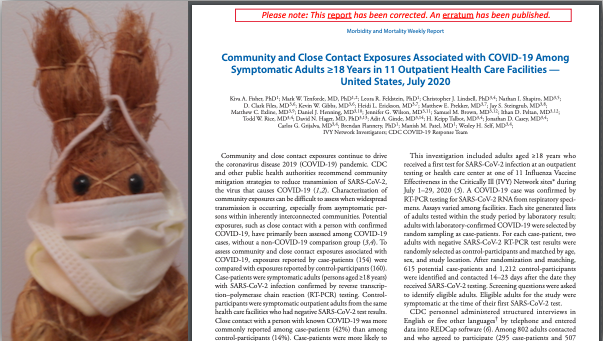





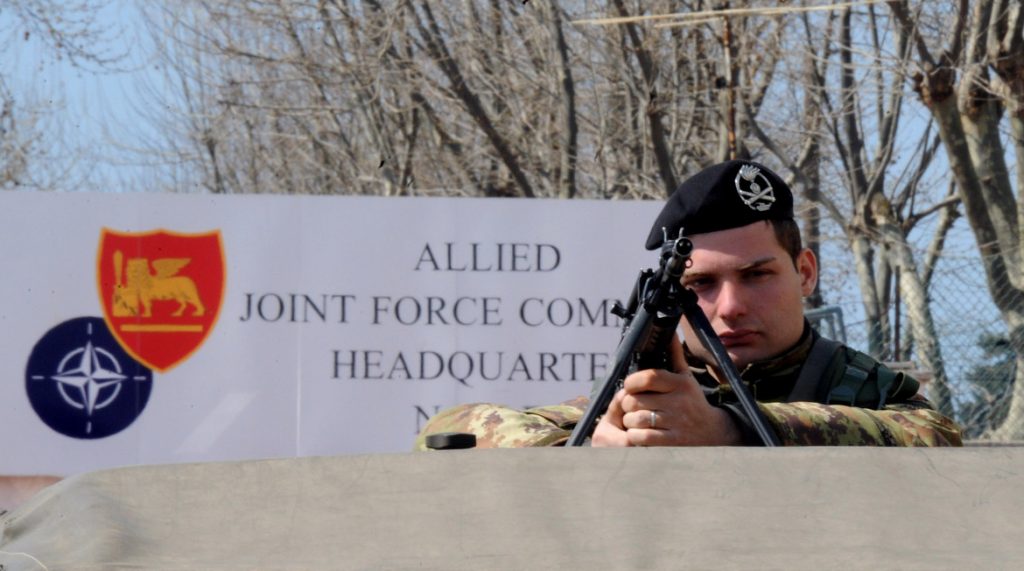



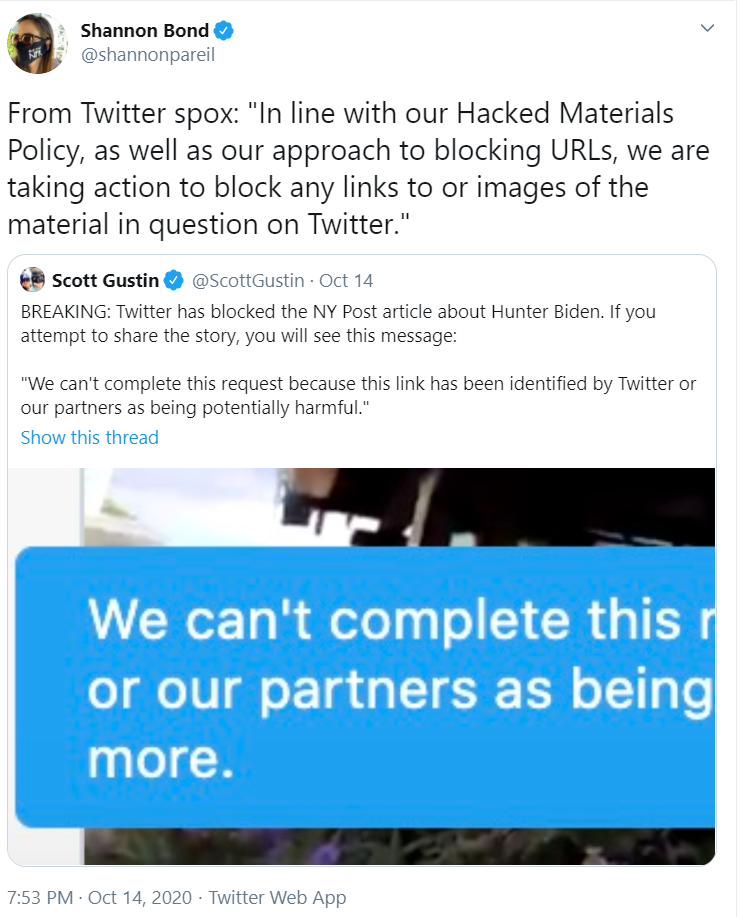


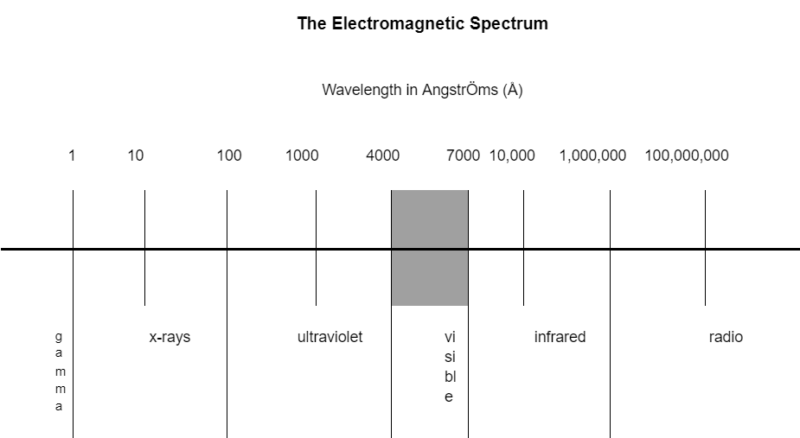

 Yes, I do know something about PPE.
Yes, I do know something about PPE.


 Circle in the Darkness: Memoir of a World Watcher
Circle in the Darkness: Memoir of a World Watcher